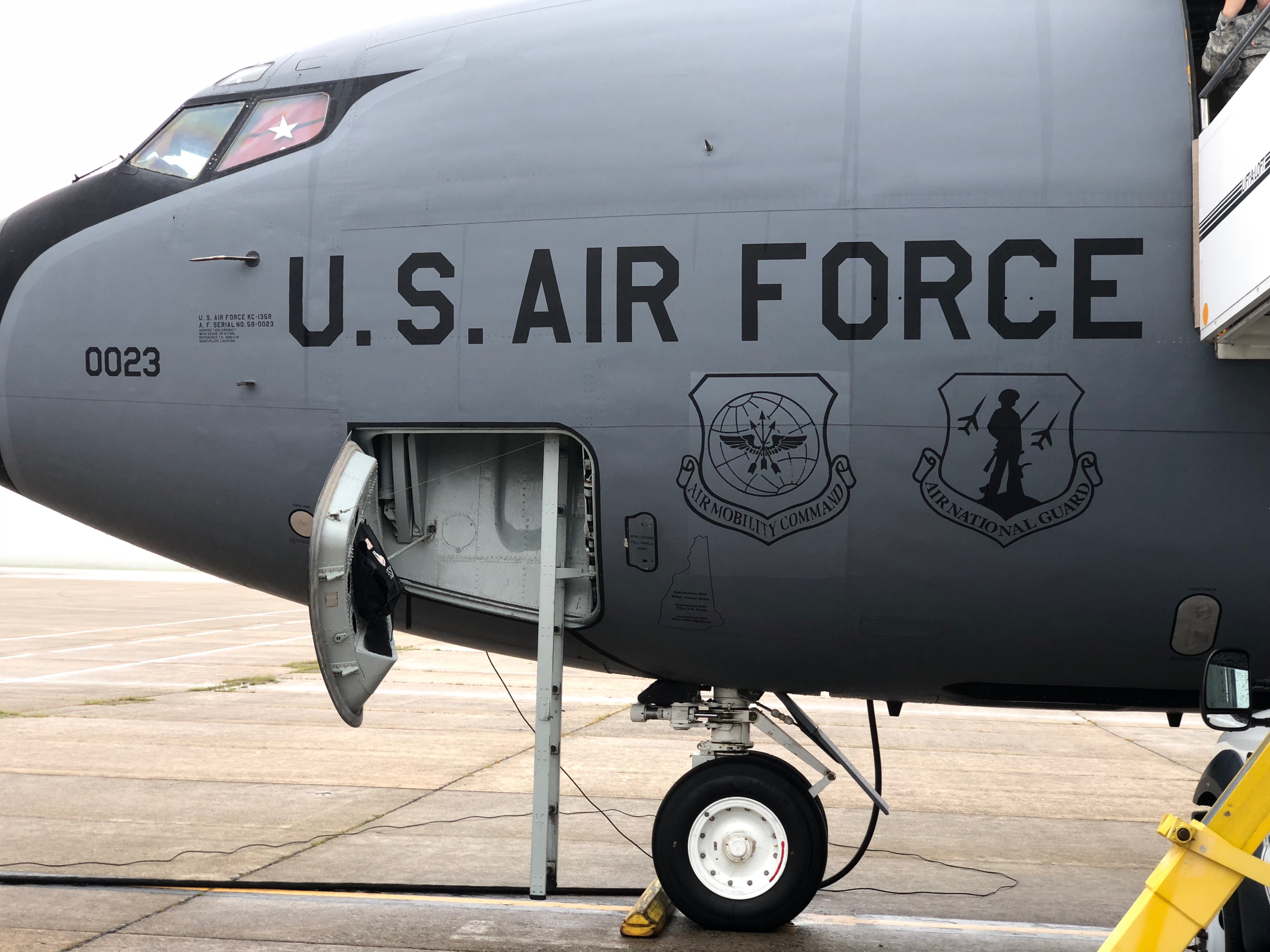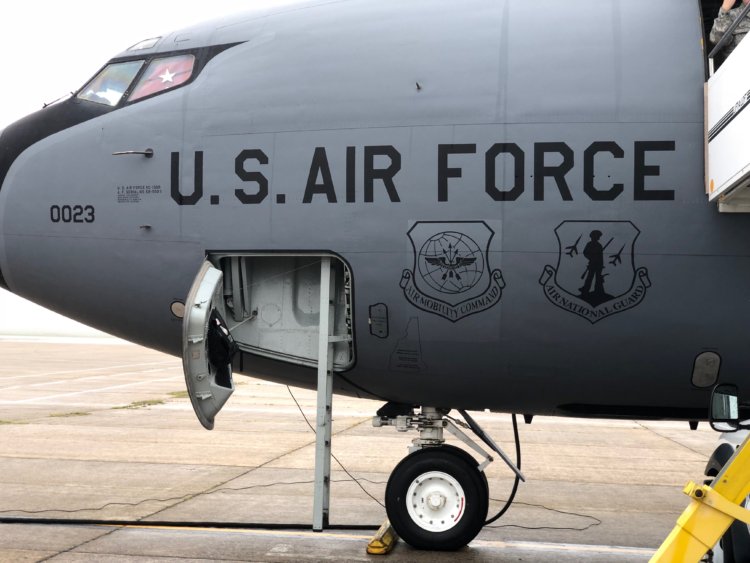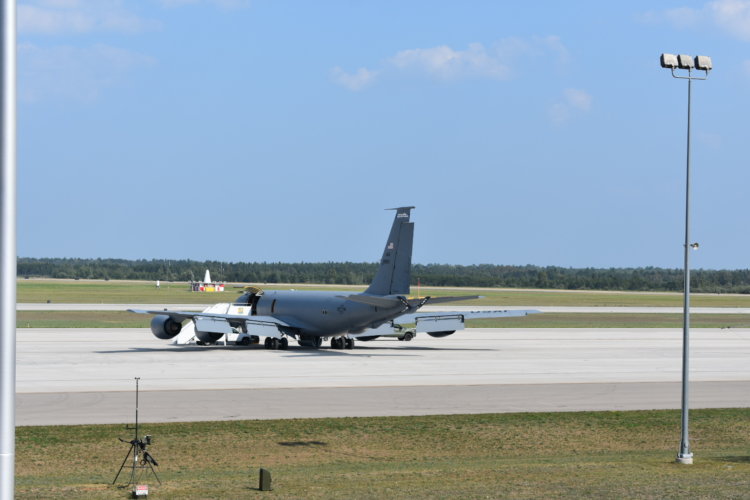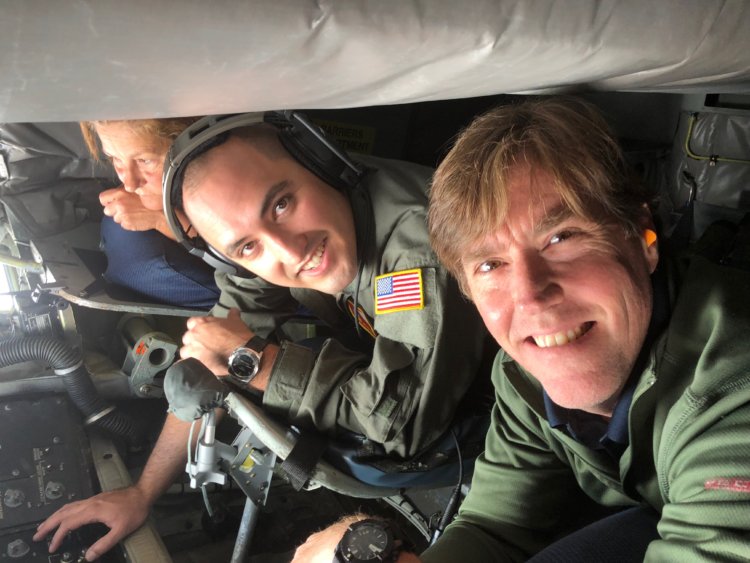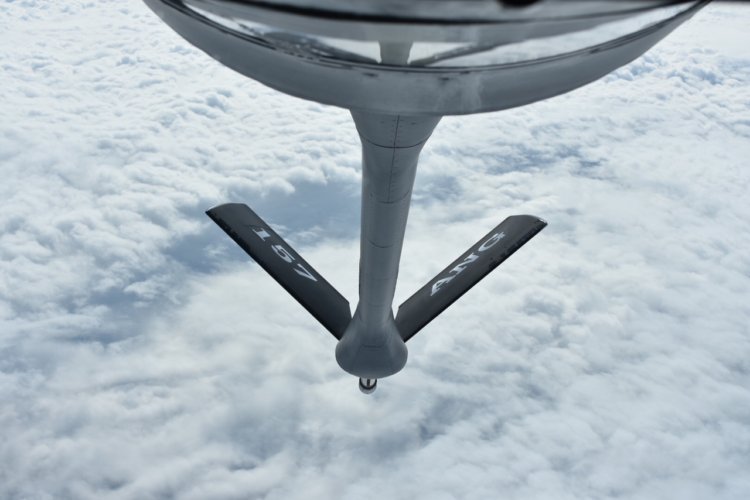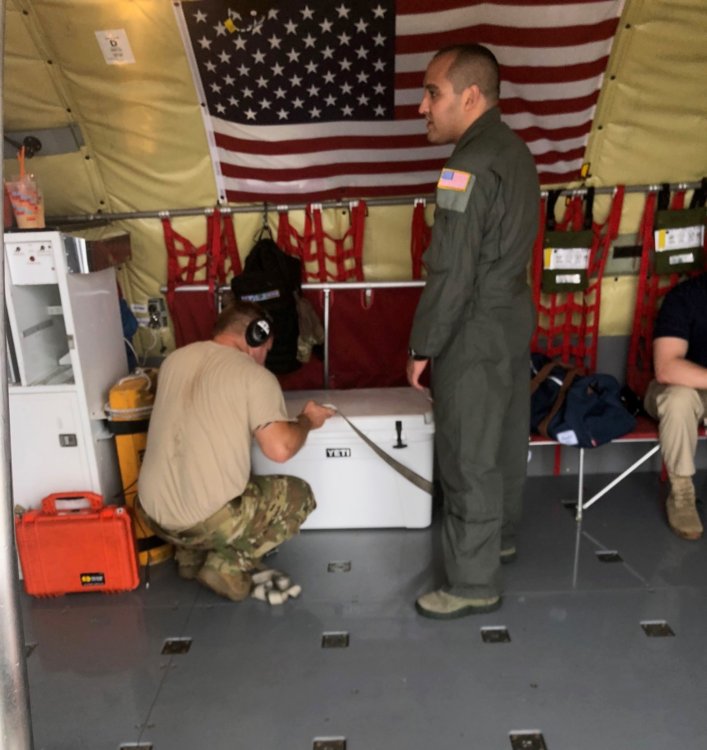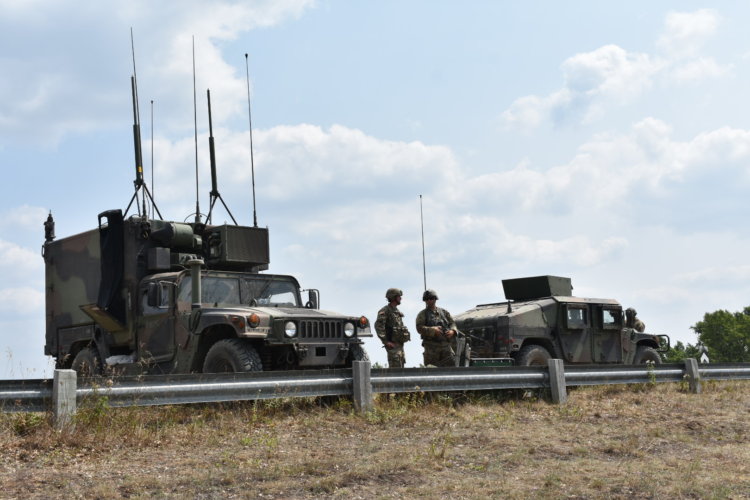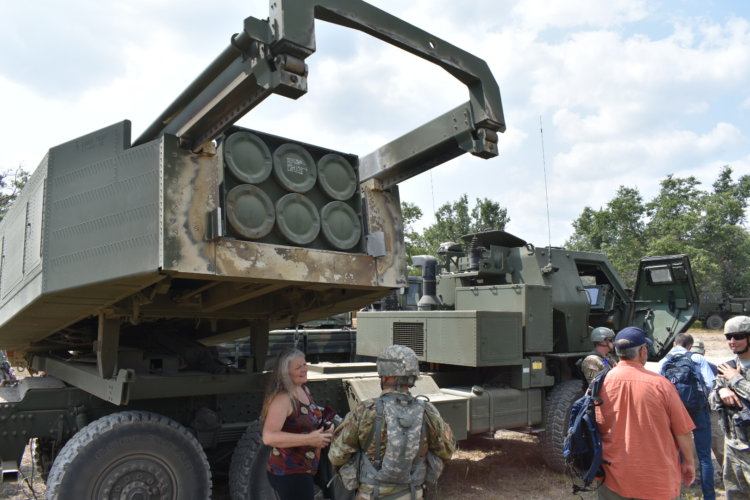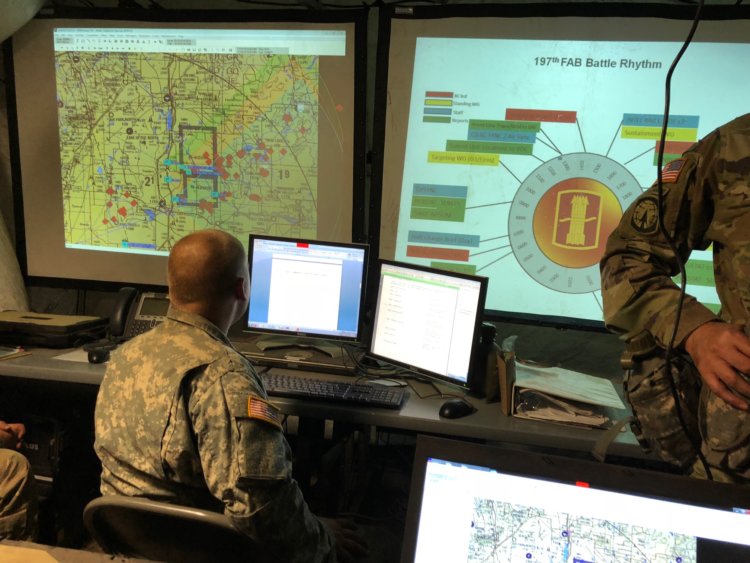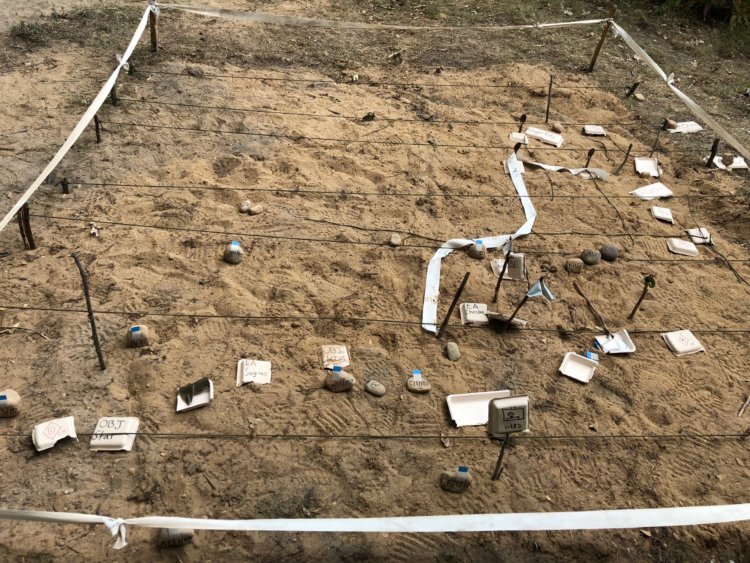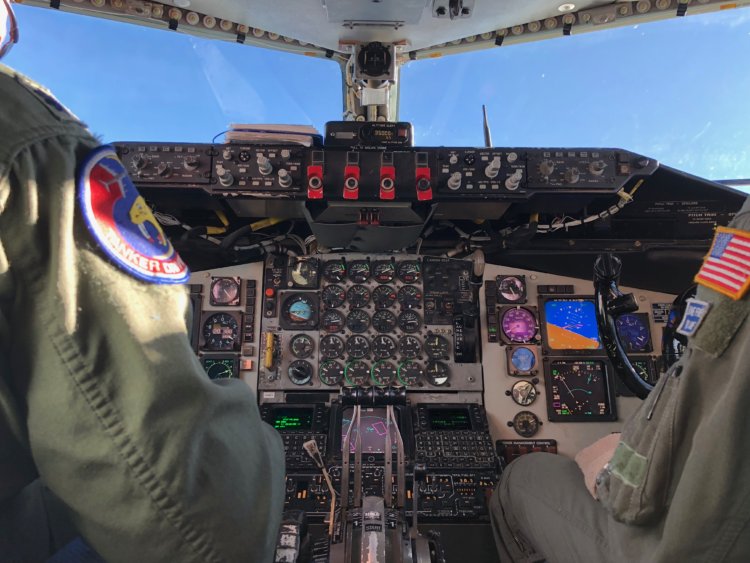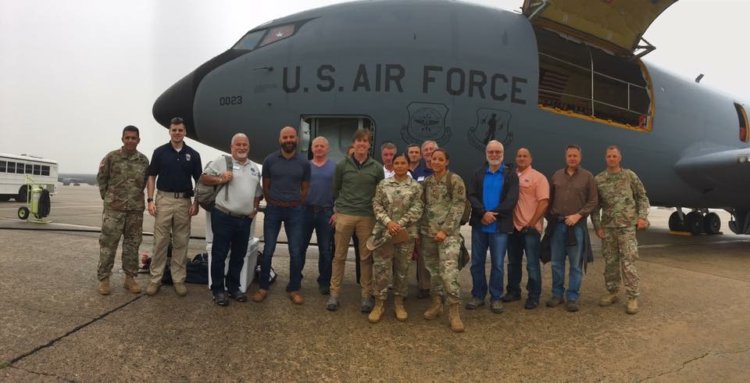The Employer Support of the Guard and Reserve (ESGR) is a Department of Defense program established in 1972 to promote cooperation and understanding between Reserve component service members and their employers. Primarily volunteer led, the ESGR operates in all 50 states, plus the US protectorates and DC. The NH ESGR is staffed by two full time employees and a very active and capable volunteer cadre. Their mission is to develop support from employers for Guard and Reserve members and to advocate within DoD on behalf of Guard and Reserve Employers. They have a plethora of programs from professional mediation to assistance in hiring programs and resume writing for departing service members and even veterans and their families.
Among the outreach programs in ESGR is the Boss Lift Program, where Guard and Reserve service members nominate their employers for the opportunity to better understand what their employees do in their military service.
I was recently afforded the opportunity to participate in a Boss Lift, but this time, it was a little unusual as it allowed us the chance to see both the Air and Army National Guard in action across multiple states. For the last two weeks, over 500 soldiers from New Hampshire’s 197th Field Artillery Brigade have been engaged in Operation Northern Strike, a live fire exercise at Camp Grayling Michigan, along with 7000 troops from 5 other states, and Latvia and the United Kingdom. We were to visit the 197th and observe some of the live fire training, as well as visit the Brigade command post and other training locations.
But first we had to get there and this is where the Air Guard assets came to bear. ESGR had arranged for transport with us in a couple of KC-135 Stratotanker aircraft flown by the 157th Air Refueling Wing out of Pease Air National Guard Base. Our day began at 0500, with check in and security and preflight briefings by ESGR and Pease staff. Colonel John Pogorek, commander of the 157th, graciously welcomed us and told us what we could expect. A nice surprise came when we discovered that along for the ride with us would be General David Mikolaities, NH’s Adjutant General. Our aircraft was built in 1958, and as such was one of the oldest in the US inventory and in fact soon to be retired from service.
During the flight, participants experienced a little of what it is like for our service men and women to travel via cargo aircraft, sitting in a hot, noisy environment on web seating along the sidewall. The crew were excellent however, professional and willing to talk about their various jobs on the aircraft. At each takeoff and landing, a couple of the passengers rotated through the cockpit for better views and a chance to listen in on the intercom to the exchanges with air traffic control and the banter between pilot, co-pilot and crew. Others went to lay in the back in the boom operator’s area watching how he could control the boom while refueling various aircraft. It was apparent that every crewmember knew their job and this airplane well. Though it was also apparent they were looking forward to upgrading to the new KC-46 Pegasus aircraft in 2019.
We also got to know Guard and Reserve folks traveling with us, including Gen. Mikolaities. But we also spent time with SSgt Caroline Compton, a NG recruiter who joined the US Army many years before she became a US citizen, and Lt. Kat Simpson, who as a NH NG officer became the first female Guard member in history to pass the US Army’s infantry officer basic course. Several Air Force and Army PAO staff came along as well and photographed, videoed and interviewed the various attendees.
We landed at the Alpena Combat Readiness Training Center, a Michigan Air National Guard facility. We deplaned anticipating our expected Chinook flights to Operation Northern Strike in Grayling. A-10 Warthogs and MH-60 Seahawks and UH-60 Blackhawks lined the runways prepping for air operations in support of Northern Strike as well. We would end up seeing some of those A-10’s a little later.
Our Chinooks never materialized for reasons not explained, however the group took it in stride as we boarded Blue Bird buses for the 2-hour drive to Grayling. No one complained and time on those busses was just another piece of the overall experience shared by so many of our service men and women. As one soldier with us wryly put it, “Ma’am, we couldn’t give you the full Army experience if everything went according to plan.”
On arrival at Camp Grayling Joint Maneuver Training Center, we unloaded from the busses and were met by “our” soldiers. Those soldiers in the Guard or Reserve who had nominated their employers for this Boss Lift greeted us and excitedly began to tell us about the training exercise and walk us through the static displays. As the 197th is a Field Artillery Unit, those displays revolved around their equipment, largely the M142 High Mobility Artillery Rocket System (HIMARS), a light truck mounted multiple rocket launcher. As the various soldiers launched in to their explanations of their mission and the equipment, again their training, professionalism and enthusiasm for their role was readily apparent. The soldiers’ experiences varied from newly commissioned lieutenants on their first Reserve exercise to senior NCO’s with multiple deployments and over two decades of experience.
In the meantime, a HIMARS battery in the defilade below us prepped for a demonstration live fire. While drones flew over head with eyes on the battery, we waited for the missile launches. Just prior to the launch, two Blackhawks began to fly over the firing area, only to have to bank hard when the missiles launched about 1000 meters off their nose. As they fled the area, more than a few of us wondered about the air deconfliction that takes place during operations like this. All four rockets launched successfully (and impressively). From there we headed off to OP6 to visit Brigade headquarters where the Battalion S3, a young Major serving as the operations officer briefed us on the scenario (our troops are there to protect notional country of Atropia who had been invaded by the hostile nation of Ariana.)
Again the visitors got some sense of how the S3 and S2 (intel shop) might operate in a combat zone. Banks of computers, AC struggling mightily to cool the tents, weapons stacked on racks, maps covering the walls and analog systems and planning backing up the digital systems in case of failure. And everywhere was dust. But spirits were good and various majors graciously answered all the questions posed to them about their roles and the scenarios.
Prior to heading back to the Blue Birds and the long path back to our origin in NH, we were treated to the whistling of 155MM shells overhead and the sight of them detonating in the impact zone in the valley below. Only shortly thereafter, a pair of A-10s began making their runs through the valley, dropping ordnance as they went, reminding all of us why they are one of the infantryman’s favorite sights. One soldier noted that the view was even more impressive after dark, but that it was also strange because Camp Grayling being an open base, civilians would often drive up to the camp in the evenings and park next to the HQS encampment to watch the show as well.
Both the bus ride and plane rides back were much quieter than on the way out, with most practicing what generations of soldiers have done, sleeping where and when you can. All in all it was a long (15 hour) day, but a great view into the hard work and dedication that our Guard and Reserve soldiers and airmen demonstrate day in and day when called away from their “regular” jobs. I hope every employer with employees in the Guard or Reserve takes advantage of any chance they may have to experience the same.

